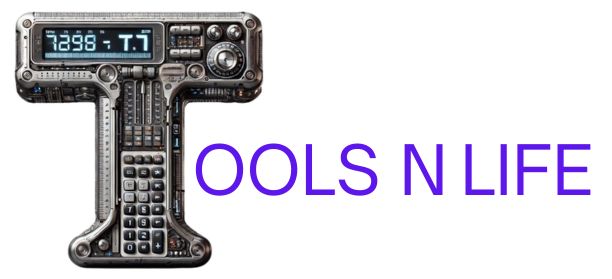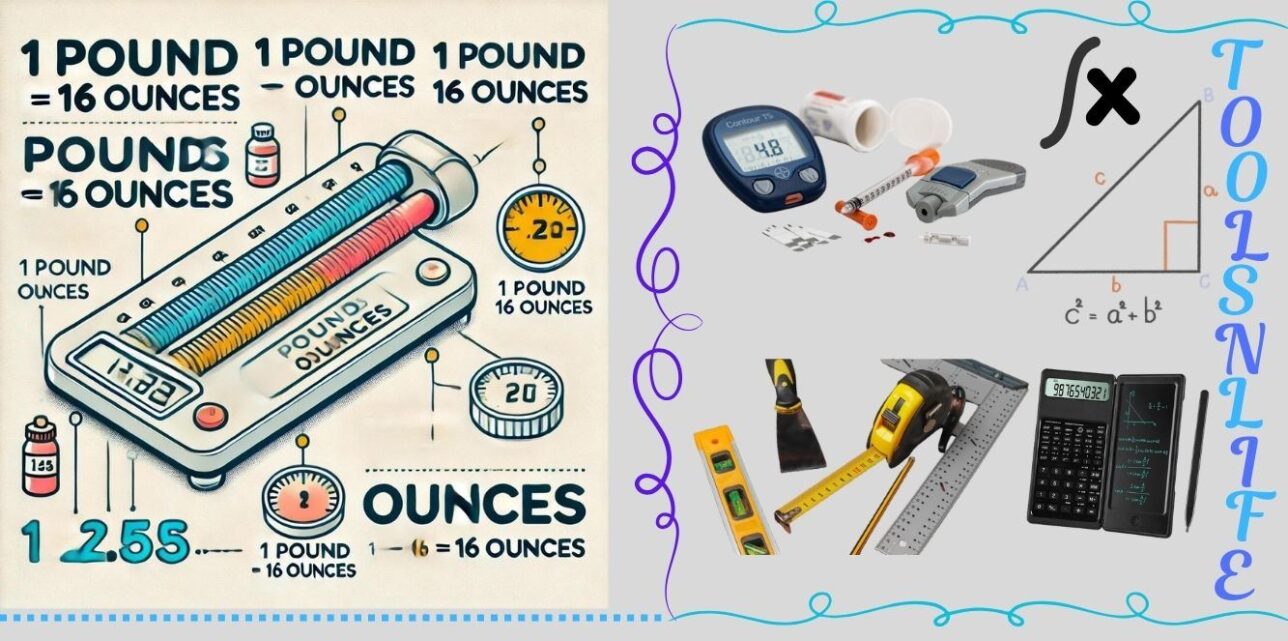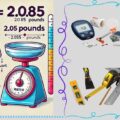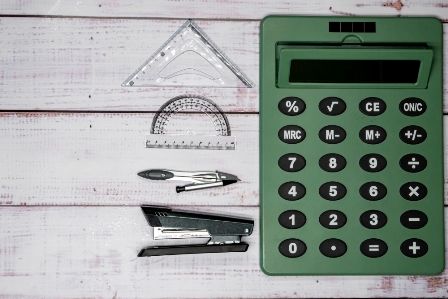Common Pounds to Ounces Conversions
| Pounds (lb) | Ounces (oz) |
|---|---|
| 0.25 | 4 |
| 0.5 | 8 |
| 0.75 | 12 |
| 1 | 16 |
| 2 | 32 |
| 3 | 48 |
| 4 | 64 |
| 5 | 80 |
| 10 | 160 |
Understanding Pounds and Ounces: A Comprehensive Guide
The avoirdupois system, which includes pounds and ounces, has its roots in medieval England and was formalized in the 14th century. The word “avoirdupois” comes from Old French meaning “goods of weight,” reflecting its commercial origins. This system was officially adopted in the United States in 1866 and remains the standard for everyday weight measurements despite the country’s general move toward the metric system.
Interestingly, the pound as we know it today is based on the international pound agreed upon in 1959, where 1 pound was defined as exactly 0.45359237 kilograms. This standardization allows for precise conversions between imperial and metric systems.
Pounds and ounces continue to be widely used in various aspects of American life:
- Cooking and Baking: Most American recipes use pounds and ounces for ingredient measurements
- Postal Services: The USPS uses ounces and pounds for determining shipping costs
- Weight Monitoring: People commonly track their weight in pounds
- Commerce: Many products, especially food items, are sold by the pound or ounce
- Sports: Boxing and wrestling weight classes are measured in pounds
Converting between pounds and ounces is straightforward with these expert tips:
- Remember the fundamental relationship: 1 pound = 16 ounces
- For fractional pounds, multiply by 16 (0.5 lb × 16 = 8 oz)
- When converting ounces to pounds, divide by 16 (24 oz ÷ 16 = 1.5 lb)
- For precise measurements, use decimals rather than fractions when possible
- When working with small amounts, consider converting to ounces for greater precision
For those who frequently work with both metric and imperial systems, it’s helpful to remember that 1 ounce is approximately 28.35 grams, and 1 pound is approximately 453.6 grams.
Why This Conversion Matters in Daily Life
Understanding how to convert between pounds and ounces is an essential practical skill for Americans. Whether you’re following a recipe, shipping a package, or monitoring your health, this conversion appears regularly in everyday situations. Our calculator provides instant, accurate conversions that eliminate the need for mental math and reduce the potential for errors.
Beyond Basic Conversion: Advanced Applications
For professionals in fields like logistics, culinary arts, or fitness training, precise weight conversions are crucial. Our tool helps these experts quickly verify measurements and ensure accuracy in their work. The visual conversion scale provides an immediate reference that can be used for estimations without even needing to perform calculations.
Pro Tip: Estimating Conversions Mentally
For quick mental estimates, remember these easy reference points:
- Quarter pound = 4 ounces
- Half pound = 8 ounces
- Three-quarter pound = 12 ounces
These approximations are useful when shopping or cooking without access to a calculator.
Master Your Measurements Today
Whether you’re a home cook, fitness enthusiast, or professional who works with weights, understanding the relationship between pounds and ounces is an invaluable skill. Our comprehensive pounds and ounces calculator takes the guesswork out of conversions, providing instant, accurate results along with educational resources to deepen your understanding of weight measurements.
Ready to simplify your measurement conversions? Bookmark this page for future reference, share it with friends and colleagues who might find it helpful, and try our calculator for your next conversion need. Precision in measurement leads to better results in cooking, shipping, fitness, and countless other applications!






